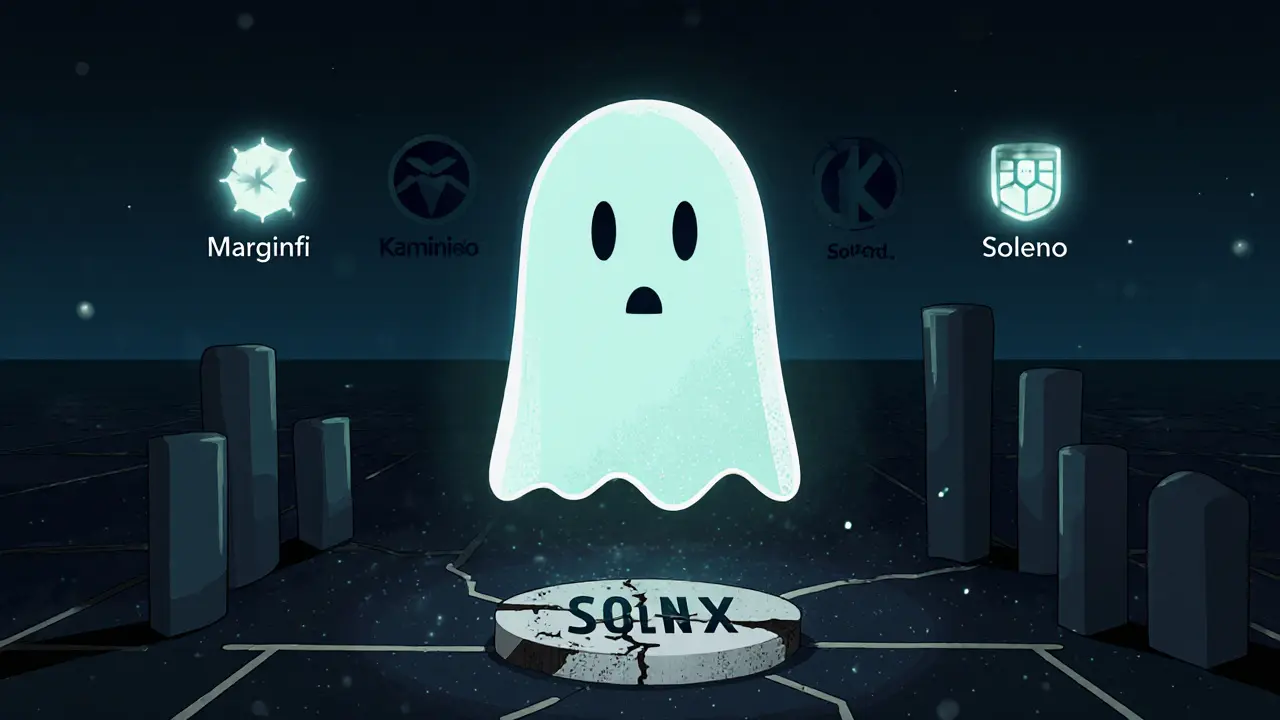BANX Coin: What It Is, Who Uses It, and Why It’s Not on Any Major Exchange
When you hear about BANX coin, a little-known cryptocurrency token often promoted in Telegram groups and fake YouTube videos. Also known as BANX token, it claims to be part of a blockchain-based banking or finance platform—but there’s no website, no whitepaper, and no team behind it. Unlike real projects like Velvet Unicorn (VU), a utility token tied to an active creator platform or Howl City (HWL), a racing game token with a traceable history, even if it’s dead, BANX coin doesn’t exist on CoinGecko, CoinMarketCap, or any decentralized exchange. It’s not a project that failed—it was never launched.
Most mentions of BANX coin come from pump-and-dump groups trying to trick new crypto users into buying a token that has zero liquidity and no smart contract on any blockchain. These groups often use fake screenshots of wallets or mock trading charts to make it look real. If you search for BANX coin on Etherscan, BSCScan, or Solana Explorer, you won’t find a single verified contract. That’s not an oversight—it’s a red flag. Real tokens, even small ones like Carlo (CARLO), a Base-chain memecoin with a public roadmap and active community, have at least a contract address, a token supply, and a history of transactions. BANX has none of that.
People ask: "But what if it’s just too new?" The answer is simple—new projects don’t hide. They launch on GitHub, announce on Twitter, publish audits, and list on at least one DEX. BANX coin doesn’t do any of that. It’s not a hidden gem. It’s a ghost. And if someone is pushing you to "get in early," they’re not trying to help you—they’re trying to offload their own worthless tokens before the scam collapses. You won’t find BANX coin on any legitimate exchange, and you won’t find anyone who can prove they’ve ever traded it. The only thing you’ll find is a trail of confused users who lost money chasing a name that doesn’t belong to anything real.
What you’ll find below are real stories about crypto tokens that looked promising but turned out to be empty—like ApeSwap on Arbitrum, Beeblock, and HyperGraph. These aren’t just cautionary tales. They’re lessons in how to spot the difference between a token that’s risky and one that’s fake. If you’ve ever been asked to buy BANX coin, you now know exactly what to do: walk away. The next time someone says "this is the next big thing," check if it exists before you send a single dollar.

